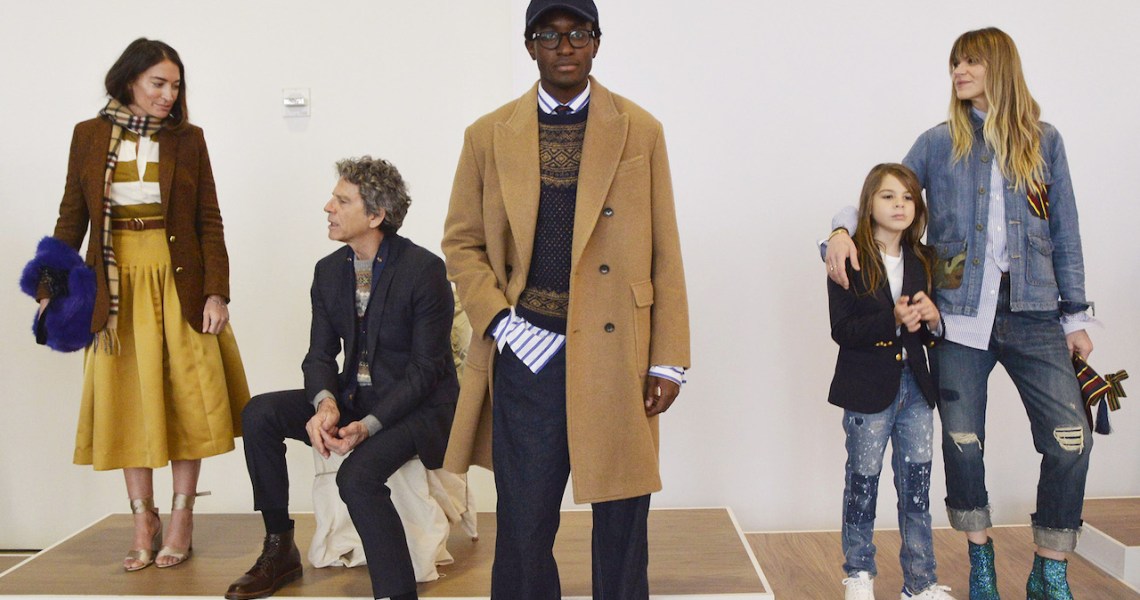In the marketing budgets of both DTC and traditional wholesale brands, a shift is taking place. Top-of-funnel marketing, in channels like out-of-home and offline events that serve a brand-building purpose, are increasingly falling by the wayside in favor of performance marketing that drives conversions.
A March 2022 Glossy and Modern Retail survey of 117 brands found that channels like TV, out-of-home marketing and events are all falling out of favor. Seventy-eight percent of brands have no current investment in TV marketing, while 11% said a small or very small portion of their marketing budget goes to the channel. Meanwhile, 57% of brands have no investment in out-of-home ads, with 28% allocating just a small or very small portion of their budget to OOH. And 22% are not investing in events, though 47% are dedicating a small portion of their budget to hosting them.
Overall, 44% of brands plan to put only a small amount of investment into offline marketing in the next 12 months, while 12% will invest nothing in offline channels.
This is a noted difference to how brands were thinking about their marketing in pre-pandemic days, when out-of-home and TV were growing, for example. As advertising costs on platforms like Facebook and Instagram grew, brands were increasingly turning to channels like TV as an alternate way to gain new customers.
But during the pandemic, as people stayed inside, out-of-home advertising naturally became less important. Additionally, many brands focused their efforts on re-engaging people who already knew about the brand rather than going for top-of-funnel branding campaigns. This was true of brands in the fashion space.
“For us, we don’t necessarily have a problem with awareness,” Libby Wadle, CEO of J. Crew Group, told Glossy in February. “For us, right now, the focus is on getting people over the line, the last mile of purchase.”
Looking at what channels brands are spending their money on, Glossy and Modern Retail research shows that performance marketing on social channels and with influencers has the highest conversions and is where many brands are putting their attention. For DTC brands, Instagram, influencers and Google are the three highest converting channels. For traditional brands, or brands that primarily sell their products through retail partners, it’s Google, Instagram and TikTok.
One contributor to DTC brands putting less emphasis on brand marketing in favor of performance marketing has been the fact that many of those brands have opened brick-and-mortar stores or have their products shelved in multi-brand retailers. Stores serve as brand marketing tools themselves, according to Calla Murphy, vp of digital strategy and integrated marketing at direct marketing agency Belardi Wong.
Ad position: web_incontent_pos1
“With considerable store presence, you see more organic brand revenue and brand awareness,” Murphy said. “You walk by a store, that’s brand awareness. You see something on a shelf, that’s brand awareness, even if you don’t buy anything. But online, you need to build that up with performance marketing.”


